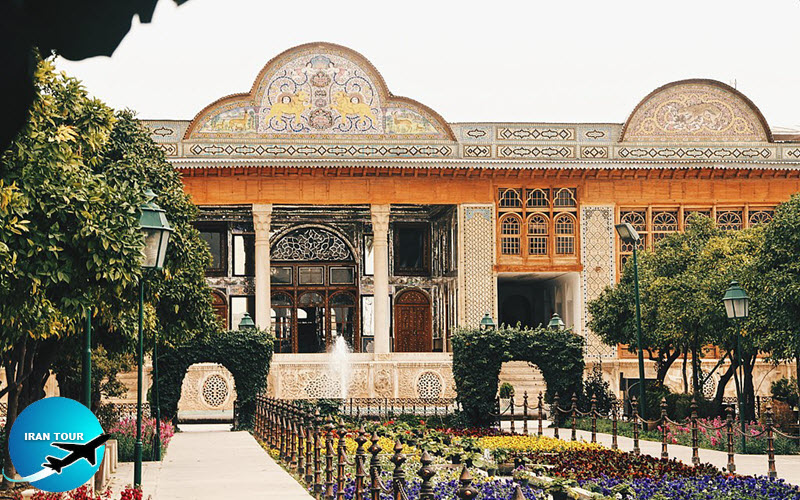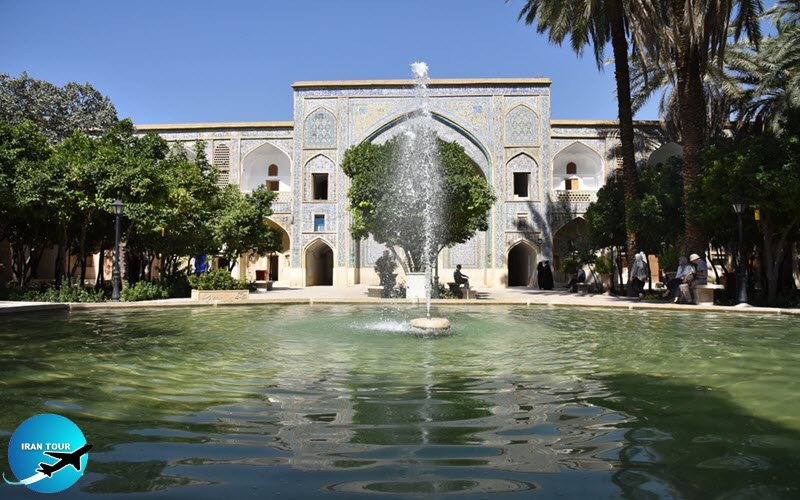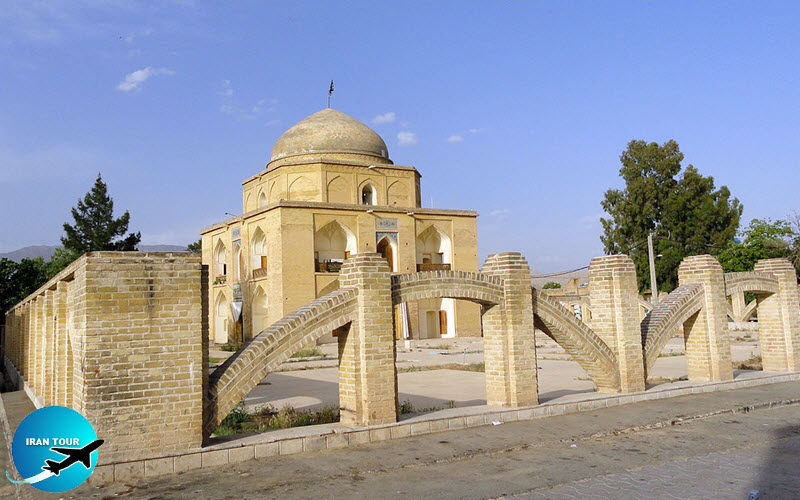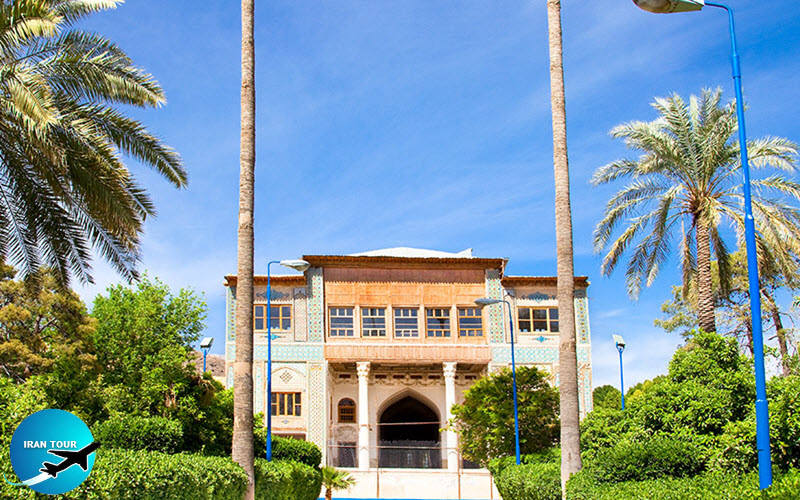Copyright 2020 - 2021 irantour.tours all right reserved
Designed by Behsazanhost
A SUMMARY OF WHAT SOME EUROPEANS HAVE SIAD ABOUT SHIRAZ.
Sir Thomas Herbert:
Herbert’s description of Shiraz in the year 1630 is unquestionably one of the finest descriptions that foreign travelers have given of this city. The famous Shirazi poet, Hafez, expressed his view of Shiraz in the well-known lines,
خوشا شیراز و وضع بی مثالش خداوندا نگهدار از زوالش
“Blest be Shiraz and its unrivaled state!
God guard it against decline and evil fate!”
- Details
- Category: Shiraz Tourism
Shiraz during the Zand and Qajar
periods In 1765, Shiraz became the capital of Tran. Foremost among the reasons for this choice were the favorable climate of the city, the abundance of its water resources, its strategic position on the road leading to the Persian Gulf, and it's naturally protected and fortified location. Both the length and relative stability of Karim Khan's reign encouraged the construction of noteworthy buildings, particularly in the city's royal quarters.
- Details
- Category: Shiraz Tourism
Shiraz under the Safavid, Afghan, and Afsharid Rulers
The fortunes of Shiraz revived somewhat during the Safavid period, first under the governorship of Sultan Khalil Zulqadr (ruled during 1505-1520); and particularly when Shah Abbas's Commander-in-Chief, Allahverdi Khan, and after him his son Imam Qoli Khan, was appointed Governors-general of Fars. Together, they held this post for thirty-nine years, until 1634.
- Details
- Category: Shiraz Tourism
Shiraz under the Injuid and Mozaffarid Governors
Under Oljeitu, arguably the most famous Ilkhanid ruler, the affairs of Fars were passed on to Sharaf al-Dowleh Mahmud Shah, said to be a descendant of Ansari, the celebrated mystic of Herat. Sharaf alDowleh continued his duties under Abu Said, Oljeitu's successor, and by 1325 he had managed to establish himself as virtually autonomous ruler of the province.
- Details
- Category: Shiraz Tourism
Shiraz during the Seljuk and Atabakan (Salghurid) Period
As the star of the Buyids waned, the prosperity of Shiraz also declined. The center of effective power shifted to Baghdad, and for the next eighty years, Fars was ruled first by the Shabankareh rulers and then by Seljuk appointees, called Atabakan. In 1149, Sonqor ibn Mowdud, the Atabak ruler of Fars, gained independence from the Seljuk kings and inaugurated a new, glorious period in the history of Shiraz.
- Details
- Category: Shiraz Tourism




